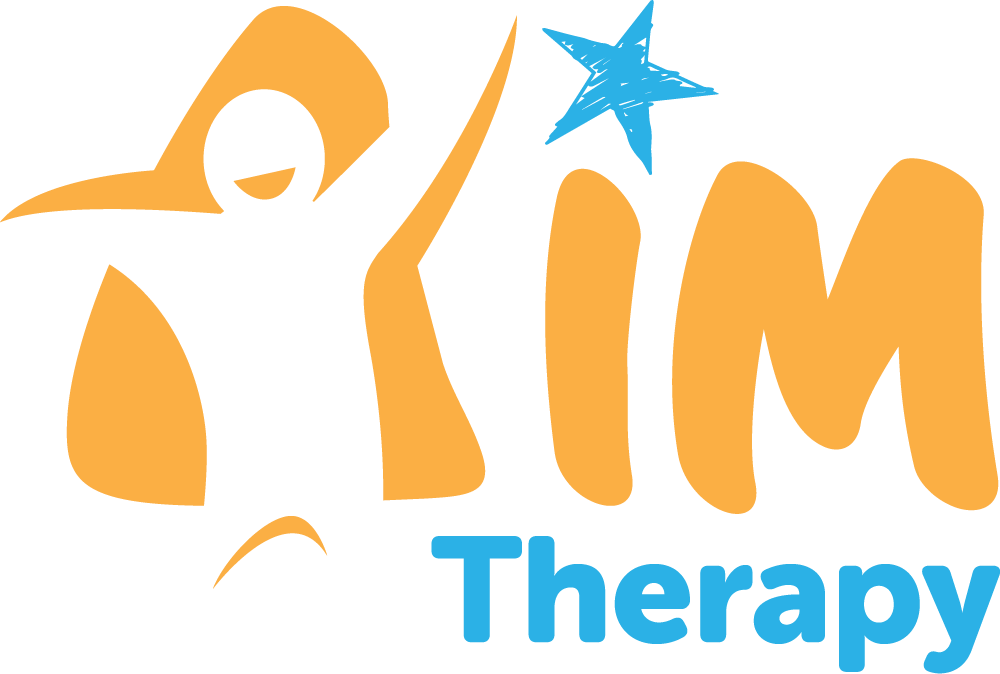How Do I Know If My Child Needs Physio?
Paediatric physiotherapists can help you and your children with a variety of concerns. Your child does not need to have a pre-existing diagnosis to see a physiotherapist, but if they do, please let us know.
We are knowledgeable about the development and acquisition of gross motor skills and movement control from birth through to adolescence, and we are happy to provide comprehensive assessment, education and support for the following paediatric physiotherapy concerns:
- Head shape concerns for your infant
- Delayed achievement of infant milestones
- Baby seems floppy and weak, or stiff and inflexible.
- Poor quality movements (wobbly, jerky, shaky or uncontrolled).
- Trouble progressing gross motor skills and motor development
- Balance and coordination concerns
- Toe walking or other gaits (walking) concerns such as in-toeing
- Postures such as persistent W sitting, or slouched posture
- Improving physical activity, participation and tolerance (fitness, strength and endurance).
- Improving functional mobility (getting up off the floor, sitting, standing, moving around the home or community, playing with other children)
- Difficulty judging the force, direction or timing of movements
Some less specific and undefined concerns you may have for your child could be their ability to learn a new skill or progress to the next step, difficulty with keeping up with their peers or siblings, looking like they are clumsy or tripping all the time, or if they seem to have low endurance for physical activity and decreased strength. Perhaps they are reluctant to engage in physical activity at all. Physiotherapists can help you and your child to understand the health benefits of exercise and participating in physical activity, and motivate everyone into looking forward to being active. If you’re not sure, you can check in with your child’s school, daycare or kindergarten to see if they have any concerns.
You may ask… “but what ARE gross motor skills?”. In children, we tend to use this to describe the gradual improvement and progression of children’s ability to move their body in relation to their environment and task demands. It includes such things as running, jumping, hopping, skipping, climbing, balancing, throwing, catching and kicking balls. In babies and infants, we are talking about their developmental milestones: rolling, sitting, crawling, standing, cruising and walking. Check out AIM’s other blog posts for some specific age-related milestones to compare.
Physiotherapists will conduct a thorough initial assessment and work with you to decide on individual, functional goals such as “my child will be able to catch a large ball 5/7 throws so that they can play with their friends”, or “my child will be able to walk from the big oval at school to their classroom without falling or tripping so that they can be safe at school.”
Next, they will work with you to decide upon an individual treatment plan to address the specifics of how we are going to achieve that goal as a team around your child. This will include a program for you to practice with your child, treatment and review sessions, and in some cases a referral to other health professionals. We’re also very experienced at making these interventions lots of fun. We will discuss with you your unique family situation and support you to integrate the recommendations.
We’re here to help you with advice and education, and we can help you at home, in the clinic, at the local pool or park, school or our clinics.
Please don’t hesitate to contact us here at AIM Therapy For Children if you would like more information.
